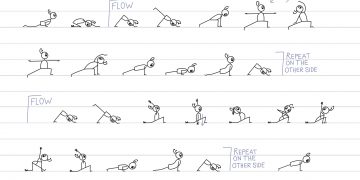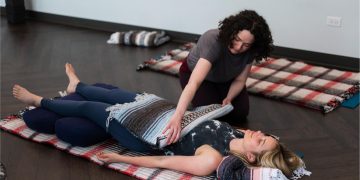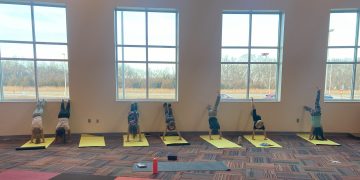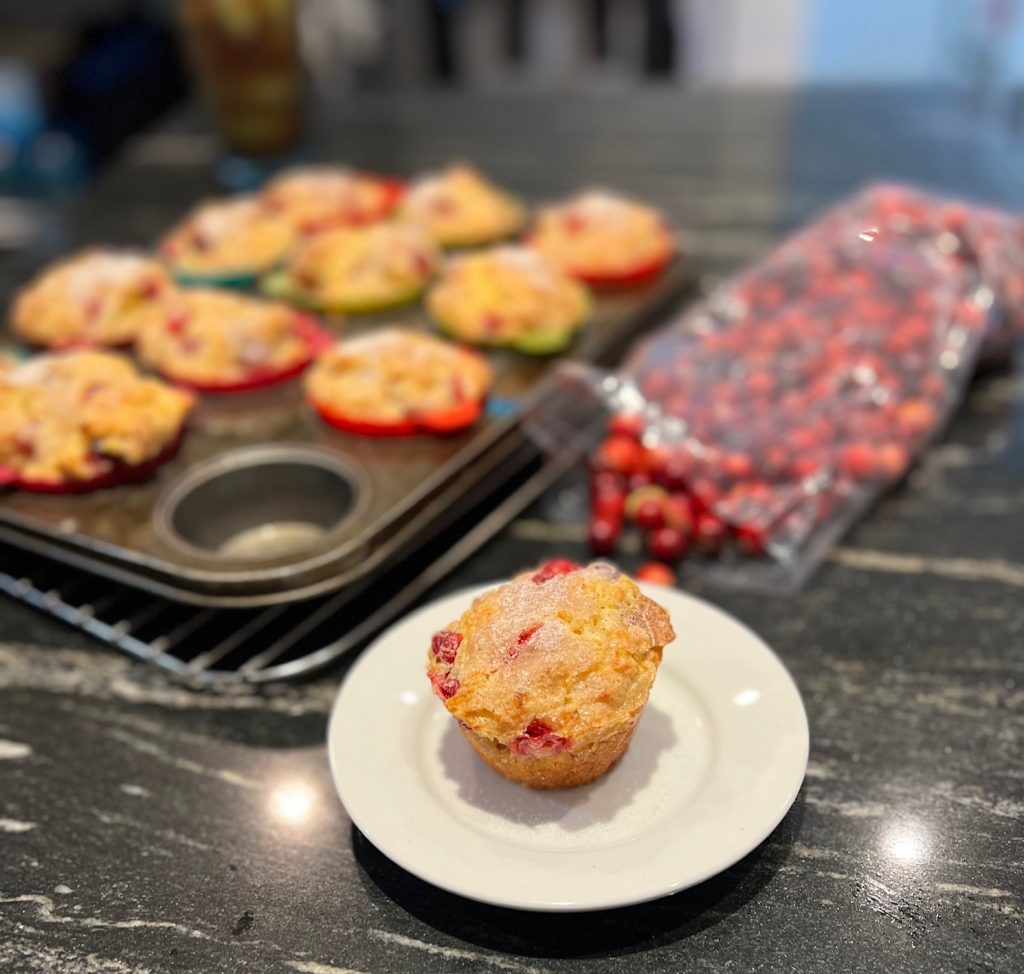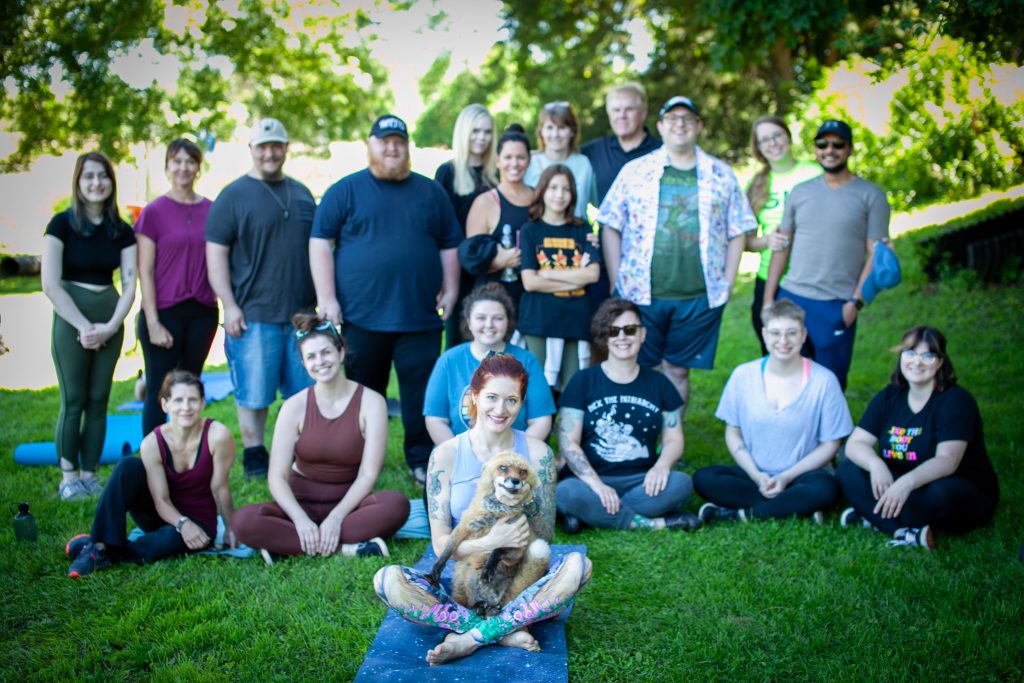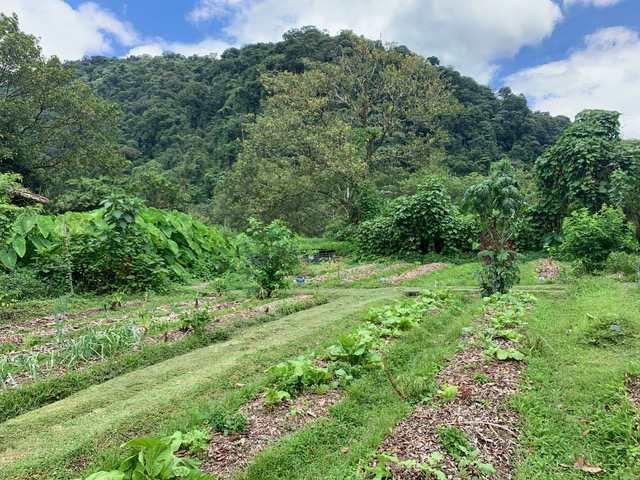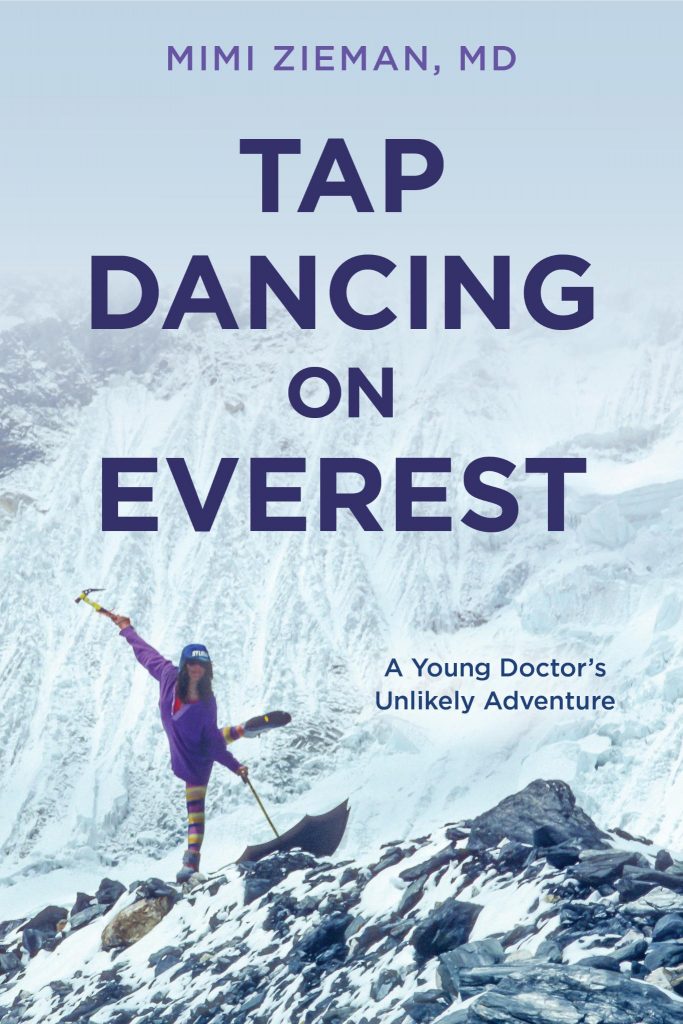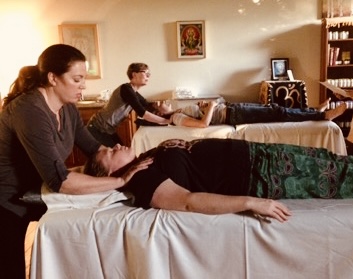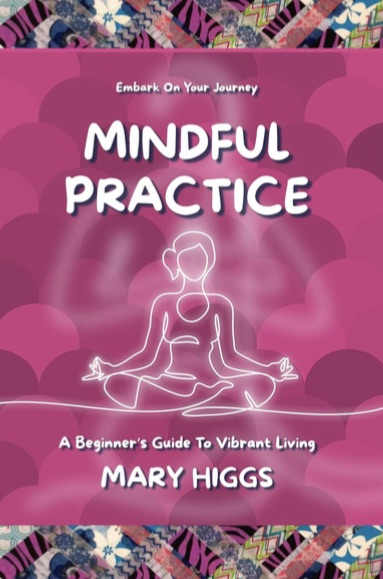Everybody has a body. At least, that’s what I like to think when offering a trauma-informed yoga class. More times than not, as a society still navigating their connection to themselves throughout their yoga practice, we assume everyone has the capacity or interest to “simply” notice their body or “felt sense” within. As teachers, based upon this assumption, we typically use phrases or cues to guide our students through a process that is supposed to support their internal experience. Despite this common practice, we could be excluding folks from the possibility that not feeling or not wanting to notice our bodies during class can actually be quite normal and beneficial.
Now, as much as I’d like to say I’ve always known this fact and have been teaching in a way inclusive to the normalcy of this experience, I would be lying if I did. It wasn’t until my 300hr Trauma Center Trauma Sensitive Yoga training did I extensively learn and better understand how beautiful and protective our bodies can be in the form of allowing us to feel when we are actually ready to do so.
If we force ourselves to become more aware of our mind or body when our mind or body isn’t ready, we could actually cause more hurt or harm than initially intended. Please take the time to re-read that last sentence. I didn’t quite know that personally until I better understood that professionally.

Whether the reason behind our form of non-sensation or non-interest is based upon a physical injury, neurodiverse condition, mental health struggle, traumatic event, or loss in life… we need to be able to speak more to this common way of being as we move and breathe together.
In other words, if “it’s okay to not be okay,” it should ALSO be okay to not have the capacity or interest to feel anything at all.
With the increase in new folks interested in trying yoga for varying reasons, the need to normalize more than one internal experience folks might be having must follow. The lack of sensation or interest in our bodies can quickly become a shameful experience on our mats. Due to any of the previous reasons stated above, one could easily start to think negatively about oneself. You might even start to reinforce the belief that there’s something wrong with you, when in fact you’re more than likely going through a very common HUMAN experience. Many of us come to yoga to feel more present in our bodies, but I think it’s important to realize we’re not always projects to be fixed in one 45 minute class with a group of strangers. We are in fact still alive and well, even if we might not be fully present for it all the time.
Below are a few words for both students and teachers I personally found to be beneficial when working through moments of guidance towards a “felt sense” in our yoga practice.
Students: Please remember your internal environment is yours alone. If for some reason you might not notice sensation in part or all of your body, you’re more than welcome to possibly notice the shape you choose to be in at any moment in time. This can be a very common experience, but if this is new or startling to you… you might choose to possibly skip the yoga shape being offered, pause, or end your practice early while tending to your body the best way you know how.
Teachers: It’s okay to stumble, fumble, and pick up the ball when finding ways to weave this sentiment throughout your class. We all start from scratch and learn how to work our way up to be inclusive as we learn to be.
Best of luck to all as you navigate this new norm both on and off your mat!
As a pediatric operating roomnurse, author, yoga instructor, and owner of MNyoga LLC, Marie Nutter offers individual or group trauma-informed yoga and meditation classesto healthcare providers, first responders, and military members. She also provides in-service sessions to professional departments looking to address accumulated secondary trauma. In addition to helping her fellow frontline workers, Marie also teaches to the general public. Her everyday intention is to support each participant’s exploration in embodied choice, movement, and breath in a safe nonjudgmental space.
Download the current issue of the magazine HERE.




